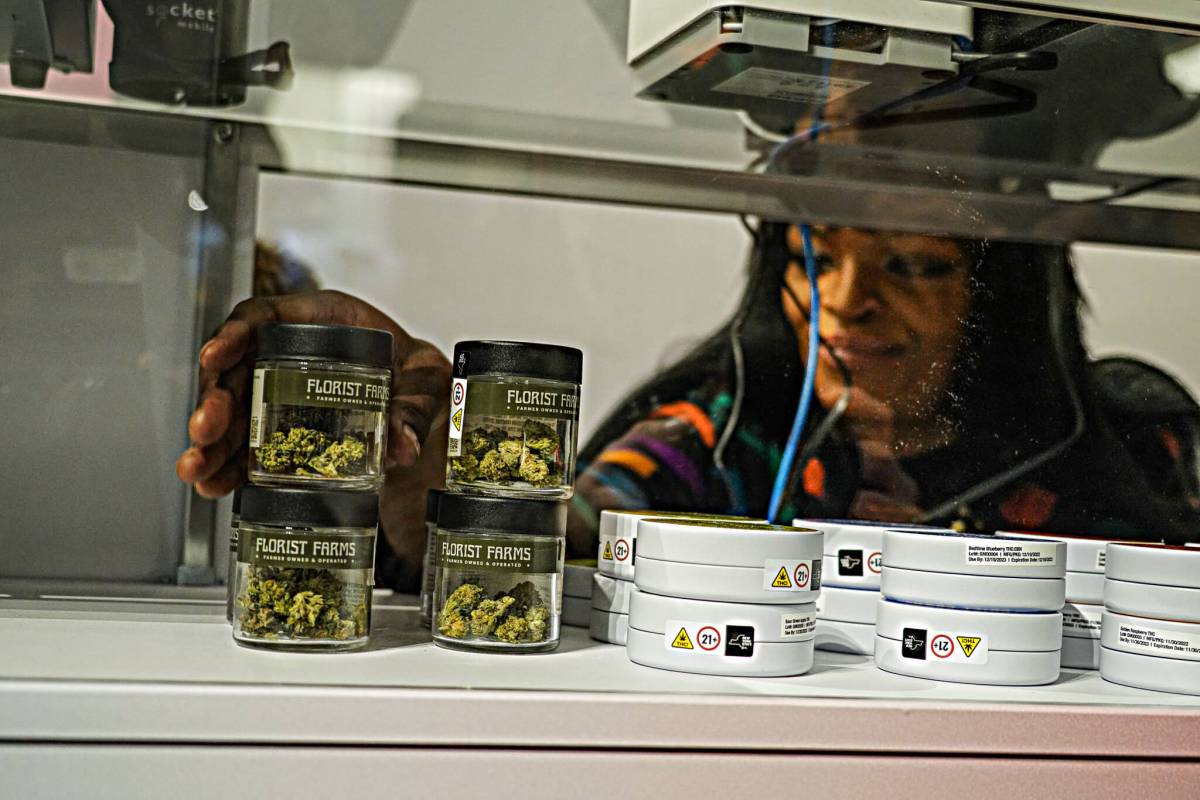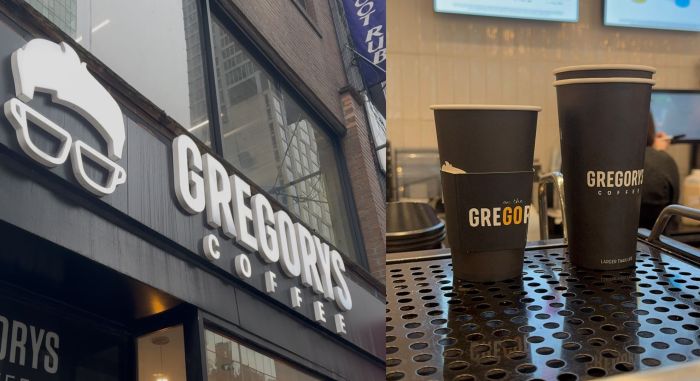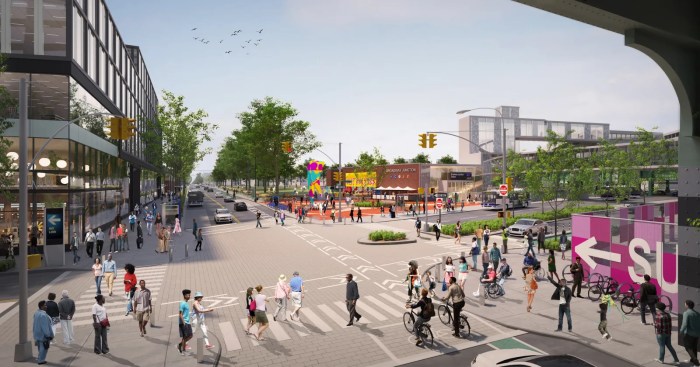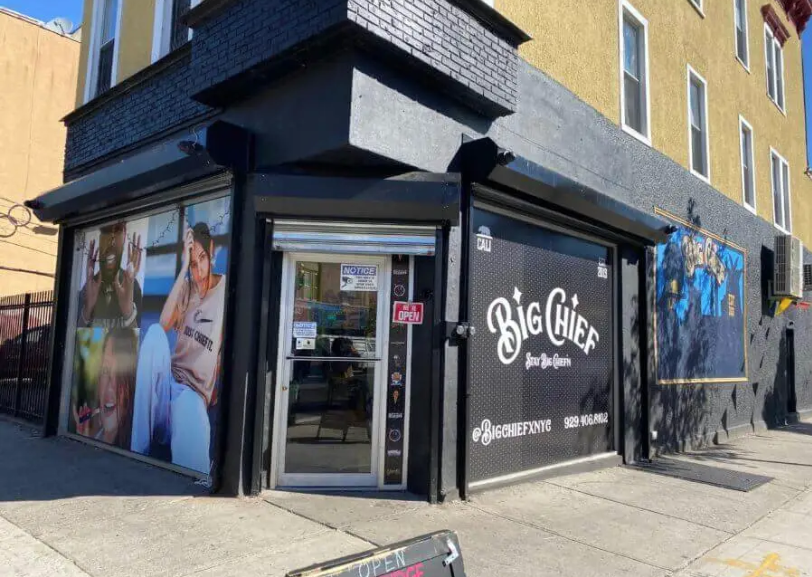The recreational marijuana market in New York has topped $150 million in sales during the first year since cannabis was legalized, according to the state’s Office of Cannabis Management.
Exactly one year ago, the state’s first legal weed store opened for business in Manhattan — and, while the rollout of the new industry has been rocky, officials are hailing the emergence of licensed weed retailers as a major success.
“New York cannabis has momentum heading into 2024, and we’ll keep working to make this market grow,” said Chris Alexander, the executive director of the OCM. “We have a lot of work to do, and we have much to be proud of, now that the core market architecture is in place.”
Over the past 365 days, New Yorkers have spent over $150 million dollars on more than 3.5 million units of cannabis products at legalized retailers — which helped generate around $33 million in new tax revenue for the Empire State, according to an OCB study.
The slow start to legal marijuana sales
While those numbers are notable, sales of cannabis are expected to significantly grow in the coming year — as legal marijuana sales were significantly stalled during the industry’s first 12 months, and will likely see exponential growth in 2024.
The slow start to the legal weed market was largely caused by various lawsuits, which prevented the state from issuing new licenses to prospective distributors, and severely limited the number of retailers in operation.
As of now, there are just 40 dispensaries across New York offering recreational cannabis sales — notably less than what the OCM had planned to open by now.
The most significant lawsuit that held back the opening of new shops stemmed from a legal dispute over the state’s plan to prioritize giving out licenses to people who had previously been convicted of marijuana-related offenses.
That plan aimed to steer the benefits of the new industry toward communities that had historically been damaged by punitive drug laws.
But, a group of disabled veterans sued the state earlier this year, claiming giving preferential treatment to drug offenders essentially amounted to illegal discrimination against everyone else.
While that lawsuit was playing out, a judge in Upstate New York placed an injunction against issuing new licenses in August — leaving just 26 of legal weed shops open in the state, including 11 in the Big Apple.
The situation remained at a stalemate until the OCM settled that lawsuit on Nov. 28, which lifted the four-month pause on new cannabis dispensaries.
State officials began once again approving new licenses, and 12 new stores have opened since then (including the first outpost in Brooklyn on Dec. 19).
The OCM says they already have a backlog of 4,324 applications for new dispensary permits, which they are now evaluating.
Now that those initial challenges appear to be in the rearview mirror, authorities are expecting the next 12 months to see a larger growth rate in the cannabis industry.
“2023 was a year of growth for New York cannabis and we know 2024 will be even more significant,” said OCM policy chief John Kagia. “Now, with the Office poised to issue hundreds more adult-use retail licenses, there’s tremendous excitement as consumers across the state are poised to gain access to this exciting market.”
Strong diversity of marijuana products
In their study, the OCM also found that there was a significant diversity of cannabis products being sold.
Across the 40 dispensaries currently in operation, there are at least 550 unique strains of marijuana being sold, with all of them grown by local farmers in New York.
Meanwhile, about half of the cannabis products sold over the past year were marijuana flowers (which can be rolled or smoked in a pipe), while the other half came in the form of CBD concentrates (which are generally injected into edibles).
“There is incredible genetic diversity in the market, with over 500 distinctly named strains on offer…there are also products available across the price spectrum — from low-cost value brands to ultra-premium products,” said Kagia. “Furthermore, it’s not just flower products that are selling. Non-flower products, from infused gummies and innovative beverages.”
Fighting against the underground market
Largely caused by the slow rollout of legal shops, New York has been dealing with the continued prominence of underground marijuana sales.
Because huge numbers of people are not located near a licensed dispensary, they have turned to buying their cannabis from illegal vendors — many of which operate as smoke shops.
State officials are hoping that an influx of new licensed retailers will help steer more customers into the above-ground market, while depriving underground sellers.
In addition, the city and state have stepped up enforcement efforts to shut down unlicensed marijuana vendors.
According the the OCM study, law enforcement officials have conducted 369 inspections of illicit operations , while sizing $56 million street value of products from those locations.
“We have high quality operators across the supply chain producing exceptionally diverse products that are drawing consumers away from the unlicensed, unregulated market into New York’s legal, licensed stores,” said Kagia.





































